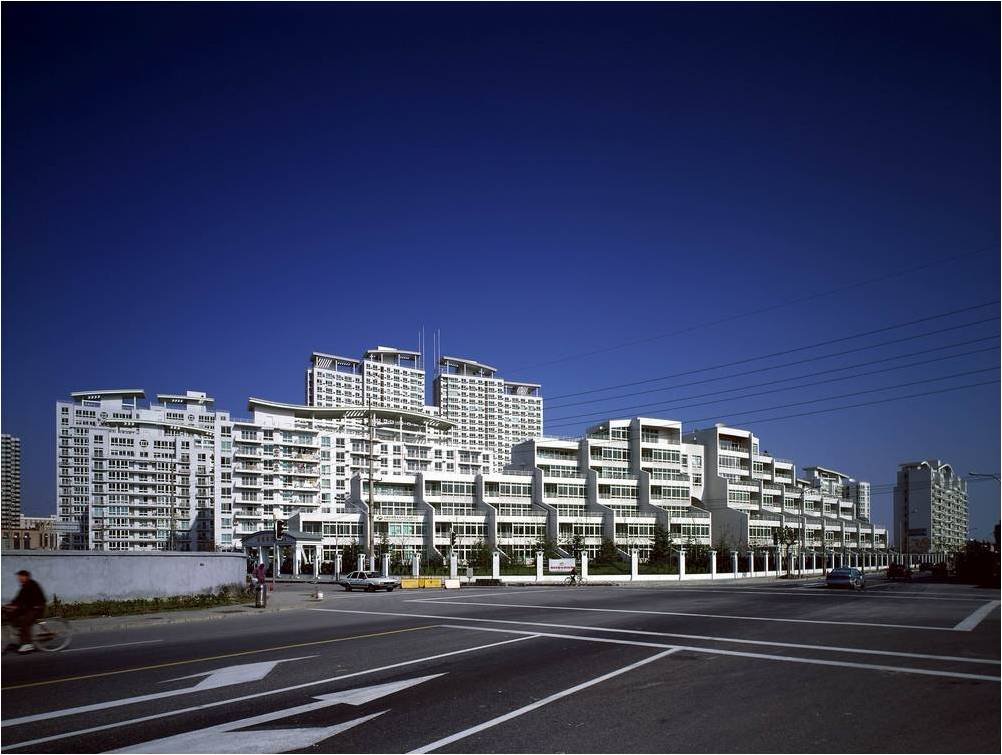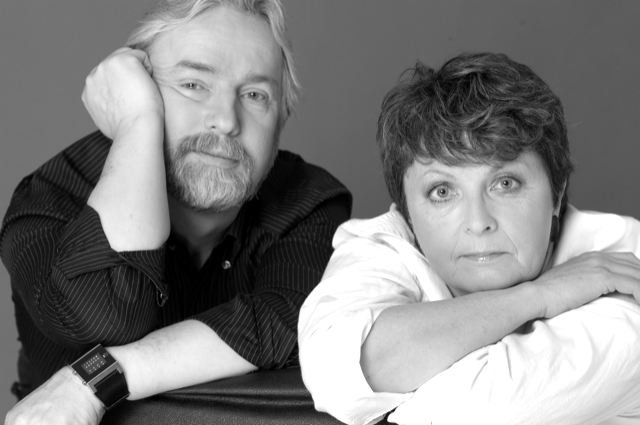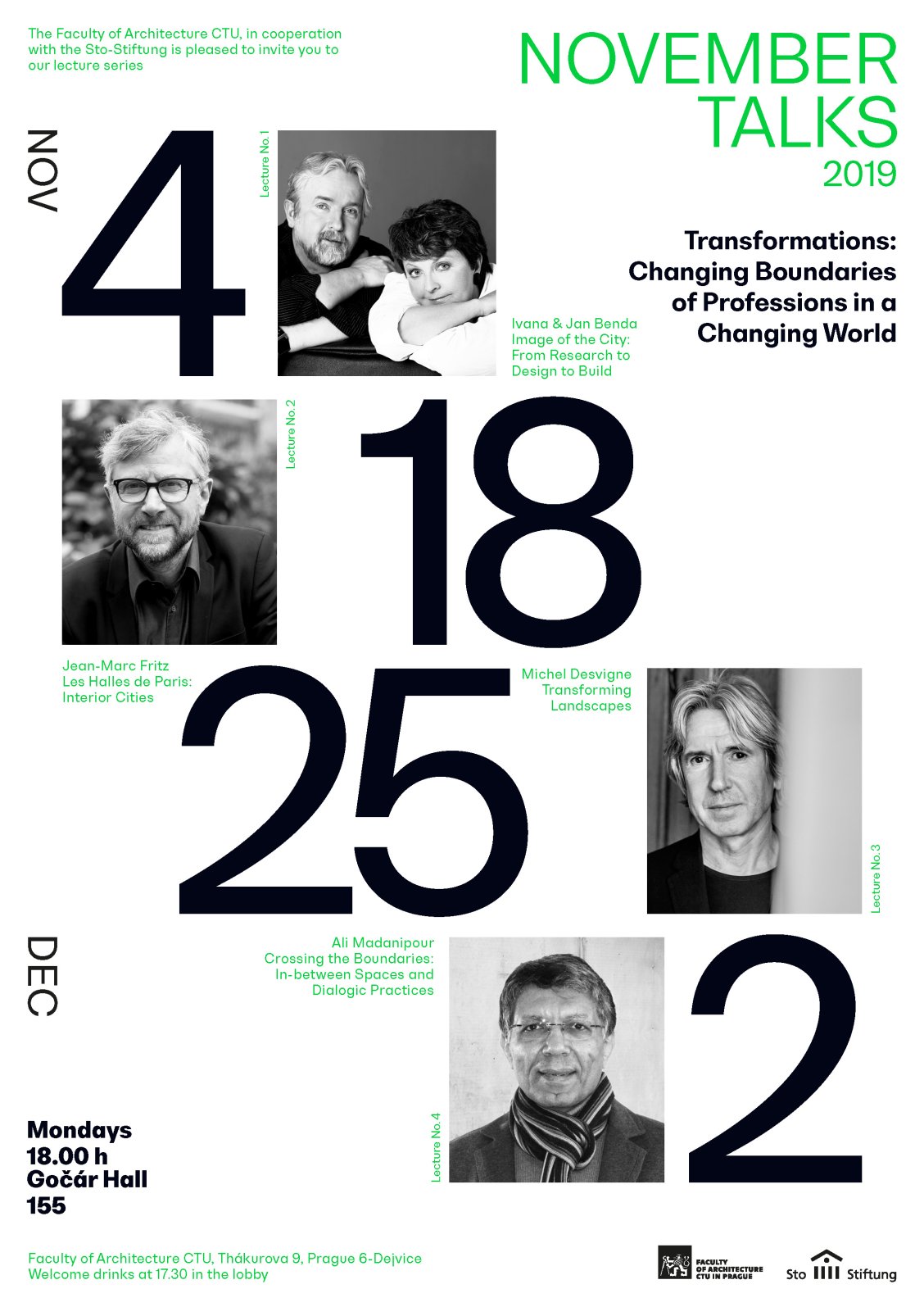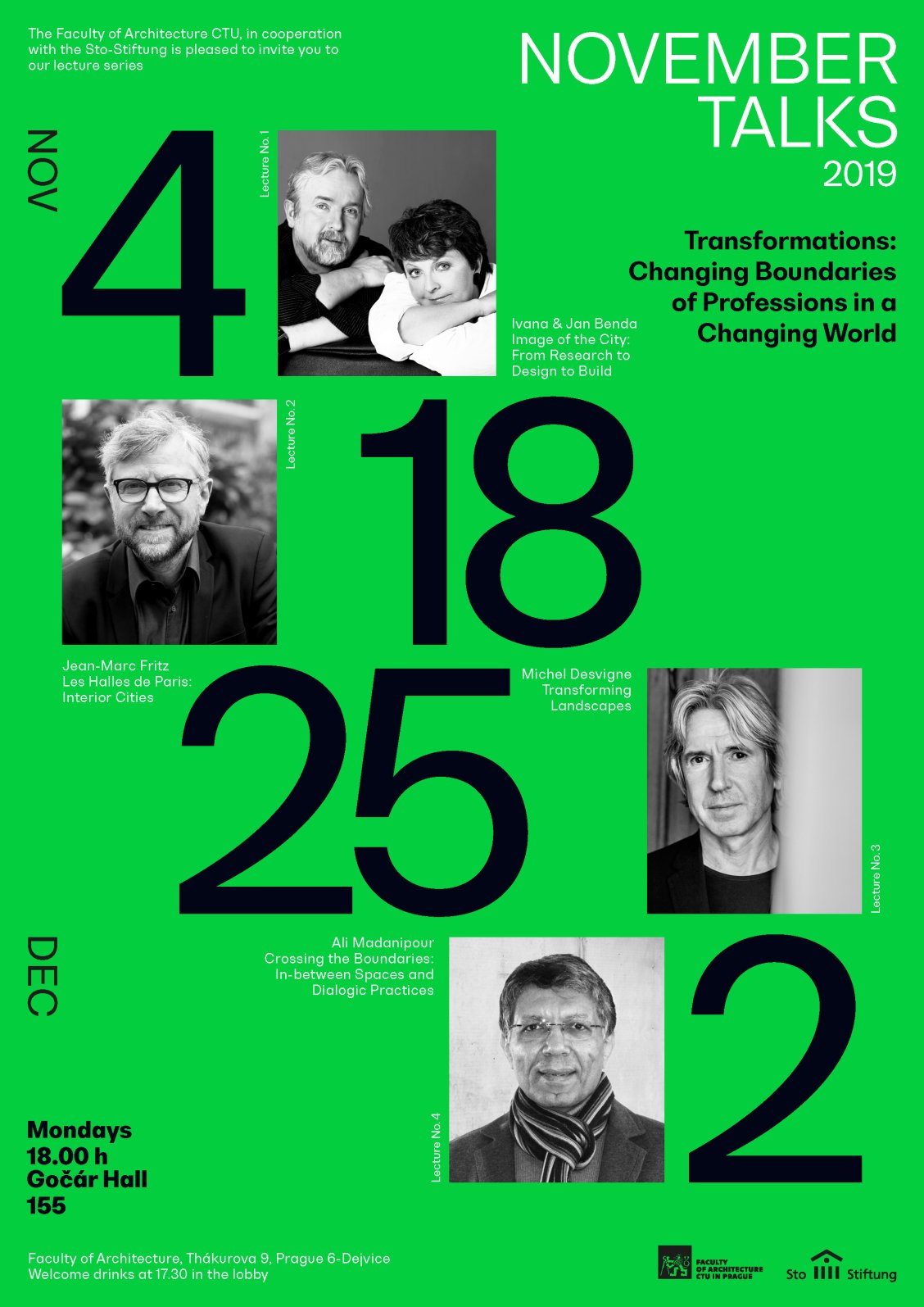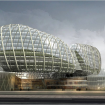For their research the Bendas chose the "dual-city" of Most, where one part is a historic city with an original population of 35,000 inhabitants and the other a new town of Most with 60,000 inhabitants. The old Most was destroyed by the mining industry and replaced with a new city based on modernist ideals. In their analysis of the city, they examine the mental image still alive in the minds of the inhabitants of the historical Most and compare it with their mental image of the newly built city. The results show that the reconstructed image of the historic city had an extraordinary identity, based on a rich history and landscape context, but mainly on a strong and clear spatial structure. When such a structure is lacking, it becomes reflected not only in the poor topographic orientation, but above all in the lost identity and the existential suffering of the city's inhabitants.
The knowledge gained from the research carried out over 40 years ago has informed the work of Ivana and Jan Bend to this day. In their extensive work, they highlight the quality of the spatial concept and the integrity of the design in its unity of thinking and actions, in a well-balanced proportion between philosophical, technological and aesthetic values that are relevant to the time and place.
“As architects, we strive to achieve maximum results with minimal resources. Simplicity means focusing on what really matters, the purpose of the building and all its components. And it is its authenticity that makes a building attractive, no matter how old it is, whatever style it is built in or whichever aesthetic principles it follows,” say Ivana and Jan Benda before their Prague lecture.


